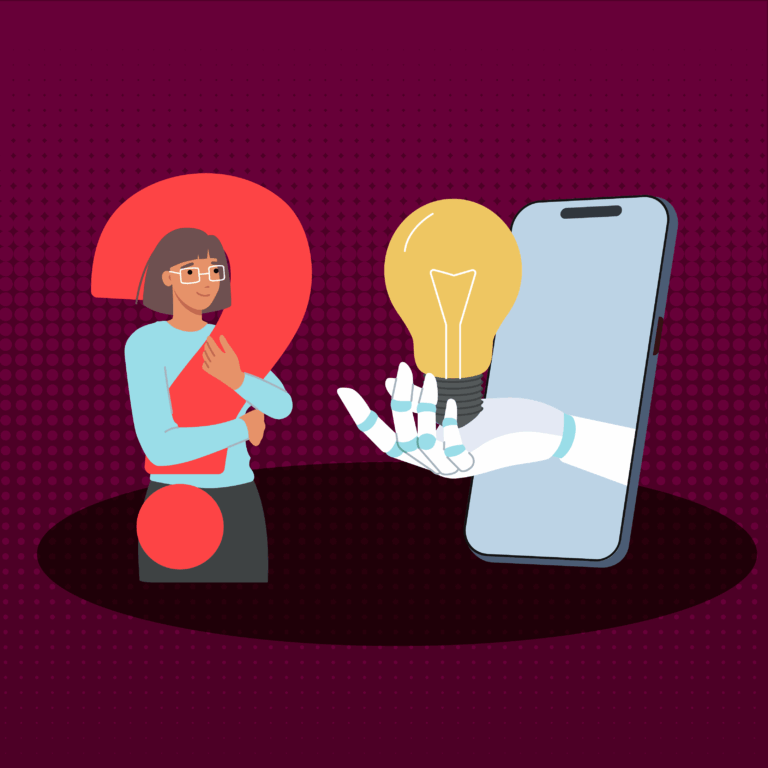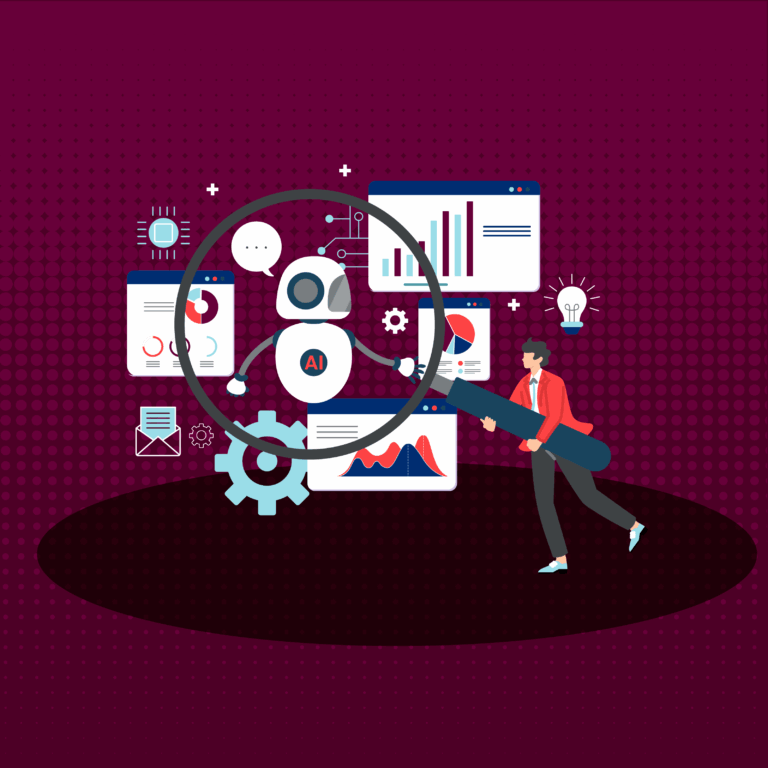

How AI reshapes employee experience: from fear to empowerment
TL;DR: AI adoption fundamentally changes the employee experience, but whether that change empowers or alienates employees depends on how organizations approach the transformation. Here’s how to design AI initiatives that enhance rather than diminish employee experience.
AI isn’t just changing what employees do. It’s changing how they feel about their work, their value, and their future. While 76% of workers feel urgency to become AI experts, nearly half (48%) are uncomfortable admitting they use AI tools at work. This disconnect is creating a fractured employee experience that organizations can’t ignore.
The difference between AI initiatives that empower employees versus those that alienate them comes down to one key factor: whether organizations treat AI adoption as a technology rollout or as a fundamental redesign of the employee experience.
When AI destroys employee experience
Despite average investments of $1.9 million in AI initiatives, less than 30% of leaders report satisfaction with their returns. The problem isn’t the technology. It’s how the employee experience has been managed during implementation.
Research from Asana’s Work Innovation Lab reveals troubling patterns in how employees are experiencing AI transformation:
- Psychological uncertainty: About 25% of workers fear that others will perceive them as lazy for using AI tools. This isn’t just about job security. It’s fundamental uncertainty about professional identity and value.
- Digital exhaustion: Rather than reducing cognitive load, poorly implemented AI is adding to it. When employees are asked to juggle AI tools alongside existing systems without clear integration, the result is increased mental fatigue rather than productivity gains.
- Trust erosion: When AI usage becomes part of performance evaluations without proper context, employees feel surveilled rather than supported. This creates what researchers call “productivity theater,” where employees use AI symbolically to check boxes rather than create value.
For companies with diverse teams spanning research scientists, sales professionals, manufacturing specialists and corporate functions, these challenges multiply. Each group has different comfort levels with technology and different concerns about how AI will affect their specialized roles.
Two paths to employee experience
The contrast between organizations that damage versus enhance employee experience through AI is stark.
Experiences that alienate
Companies like Klarna and Duolingo initially positioned AI transformation as efficiency drives. Employees learned about major changes through public announcements rather than thoughtful internal communication. The focus remained on business metrics like faster content creation and reduced headcount, with little attention to how these changes would affect daily work life or career development.
Then we saw employee backlash, public relations crises and leadership teams forced to walk back their announcements. More importantly, employees felt treated as obstacles to efficiency rather than partners in transformation.
Experiences that empower
Organizations that successfully enhanced employee experience took a fundamentally different approach. EZ Cater built their AI strategy around explicit commitments to employee growth. Rather than promising efficiency, leadership pledged to “make you awesome to two customers instead of one.” They addressed job security fears directly and positioned AI as expanding rather than replacing human capabilities.
Thomson Reuters created what they called a “four T’s” approach: tone, training, tools, and time. Critically, they gave employees quarterly dedicated time for AI experimentation and made 60% workforce adoption possible through psychological safety rather than mandates. The difference wasn’t just in messaging. It was in how these organizations designed the entire employee experience around human potential rather than technological capability.
Three pillars of AI-enhanced employee experience
Based on analysis of successful transformations, three principles emerge for designing employee experience around AI:
1. Psychological safety over performance pressure
Organizations that succeed create spaces where employees feel safe to experiment, fail and learn. This means accepting short-term productivity decreases to enable long-term capability building.
2. Growth over displacement
The most effective AI implementations help employees see technology as expanding their professional capabilities rather than threatening their roles. This requires explicit communication about how AI enhances human work rather than replaces it.
3. Agency over automation
The future of work involves employees shifting from executing tasks to guiding systems that execute tasks. This evolution requires organizations to help employees understand that their expertise becomes more valuable, not less, as they move from doing work to orchestrating how work gets done.
Designing employee experience around AI
Successful AI transformation requires understanding that employees approach the technology with different mindsets and concerns.
Understanding employee AI perspectives: Research reveals distinct employee groups including enthusiasts who embrace AI eagerly and skeptics who approach it cautiously. Organizations that tailor their support and communication to these different mindsets see significantly higher adoption rates. Enthusiastic messaging works for enthusiasts but can increase skepticism among those who have concerns.
Recommended: How employee feedback can help drive successful AI adoption in the workplace
Creating connection networks: Employees who naturally connect different functional groups become crucial AI champions. Internal communicators, project managers and cross-functional leaders who adopt AI tools see their colleagues follow 90% of the time. Smart organizations identify and support these natural influencers rather than trying to convert everyone equally.
Measuring what matters: Instead of tracking usage metrics that can encourage symbolic adoption, successful organizations measure employee confidence, sense of professional growth, and perceived value. These indicators predict long-term success better than productivity statistics.
The goal isn’t to make employees more efficient at their current tasks. It’s to help them evolve into roles that combine human insight with AI capability.
Employee experience as competitive advantage
Organizations that prioritize employee experience during AI transformation create sustainable competitive advantages.
Employees who feel supported and empowered become advocates for change rather than resistors. They develop AI literacy organically and help their colleagues navigate the transformation.
Perhaps most importantly, these organizations build cultures of adaptability that will serve them well as AI capabilities continue to evolve. Rather than creating anxiety about the next technological wave, they establish patterns of human-centered innovation that employees trust.
The companies that succeed won’t be those that implement AI fastest or cheapest. They’ll be the ones that help their people see AI as expanding human potential rather than limiting it.
For life sciences leaders navigating this transformation, the stakes couldn’t be higher. When your teams include research scientists developing breakthrough therapies, sales professionals building relationships with healthcare providers, manufacturing specialists ensuring product quality, and corporate functions supporting it all, a fractured employee experience can derail innovation and patient outcomes.
At bink, we help organizations translate AI strategy into daily behaviors and experiences through data-driven culture design. Rather than focusing solely on technology implementation, we ensure that transformation enhances rather than disrupts the employee experience that drives performance and retention.




